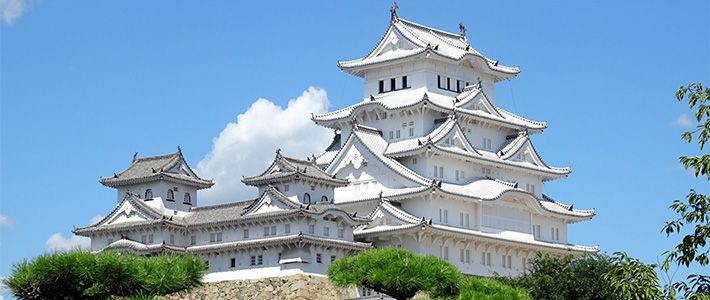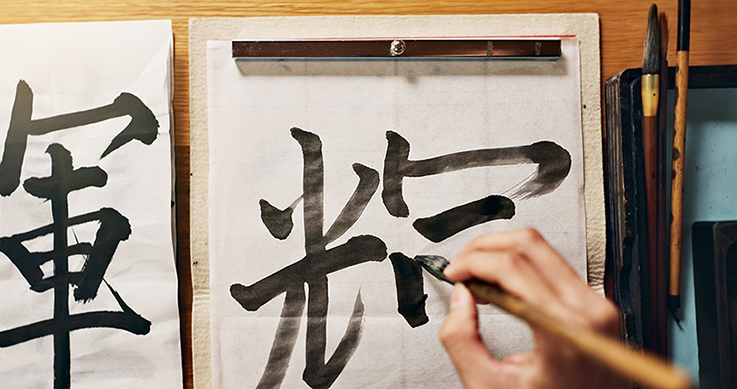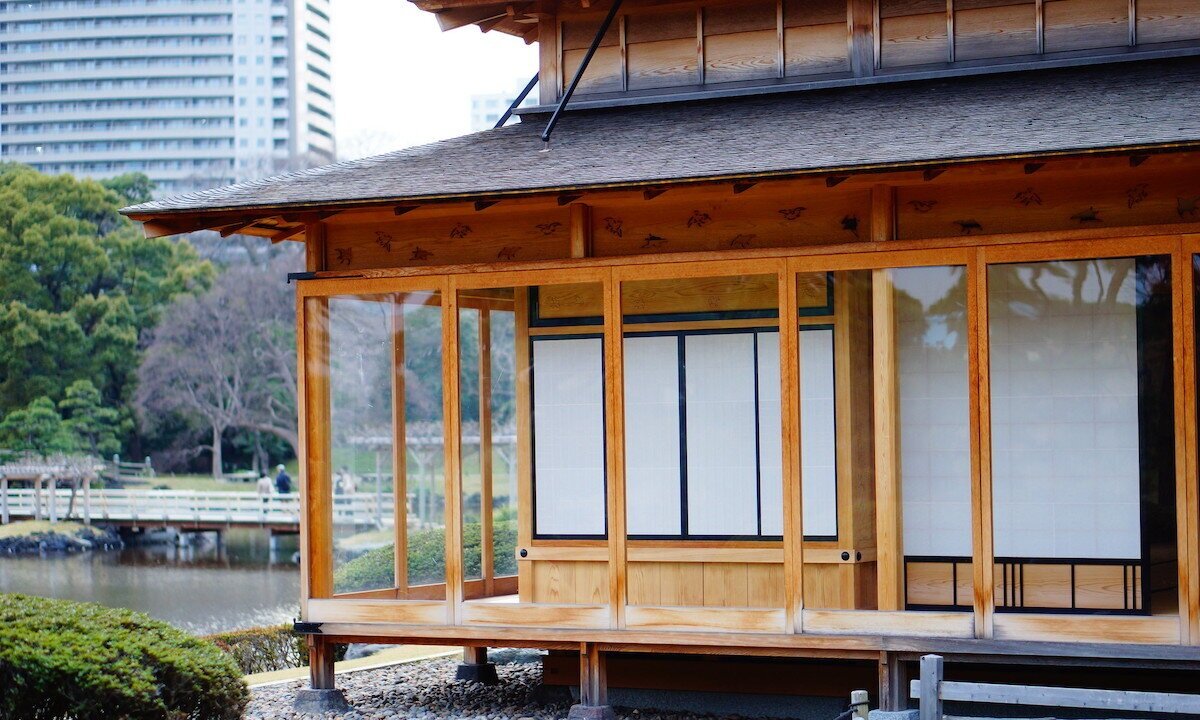The Tokugawa Shogunate, also known as the Edo period, spanned over 250 years (1603-1868) and brought about a long period of peace and stability in Japan. One of the most significant aspects of this era was the central role played by castles. During this time, castles were more than just military fortresses—they were powerful symbols of the shogunate’s authority and political influence. They were central to maintaining control over the country and reinforcing the hierarchical structure of Tokugawa rule. In this post, we’ll explore the crucial role castles played during the Tokugawa Shogunate and how they shaped Japan’s political, military, and social landscape.
The Strategic Importance of Castles
The Tokugawa Shogunate inherited a fragmented, war-torn country following the Sengoku period, a time of civil war and constant military conflict. As the Tokugawa clan emerged victorious under Tokugawa Ieyasu at the Battle of Sekigahara in 1600, they needed a means to consolidate power and ensure the security of their newly established government. Castles became the focal point of this consolidation.
The strategic location and construction of these castles were critical in maintaining control over key regions. Castles were strategically built in places that could command key trade routes, rivers, and mountain passes. They also served as fortified strongholds for the ruling samurai and their vassals, providing a defense against potential uprisings and foreign invasions.
The importance of castles during this period cannot be overstated. They were both military fortifications and administrative centers, housing the shogunate’s bureaucracy and serving as hubs for tax collection and governance. Castles helped cement Tokugawa Ieyasu’s control and create a centralized authority that would last for more than two centuries.
Castles as Symbols of Power
Beyond their military and administrative functions, castles in the Tokugawa period were symbols of the shogunate’s absolute power. The Tokugawa Shogunate implemented a hierarchical system, and castles represented the authority of the samurai class, who were entrusted with local control over their domains.
For example, Edo Castle (modern-day Tokyo) became the seat of the shogunate and symbolized the shogun’s reign over Japan. The castle’s sheer size and the construction of its many walls, gates, and defenses underscored the power and grandeur of the Tokugawa Shogunate. Other regional castles, like Nagoya Castle and Osaka Castle, similarly demonstrated the political authority of local lords (daimyōs) who served under the shogunate but remained loyal to the Tokugawa family.

Castles also reflected the social status of the daimyōs who governed the provinces. The size and decoration of the castles were indicators of the wealth and power of the family. Some castles, such as Himeji Castle, are famous for their beauty, intricate design, and complex defenses, which symbolized not only military might but also cultural sophistication.
Castles and the System of Alternate Attendance (Sankin-kōtai)
One of the key policies of the Tokugawa Shogunate was the system of alternate attendance, or “sankin-kōtai.” This system required daimyōs to spend alternating years at their castle in their home province and at Edo, where they were expected to stay in service to the shogunate. The castles of these daimyōs played a central role in the enforcement of this policy.
The idea behind the system was to ensure that regional lords remained loyal to the shogunate while also preventing them from accumulating too much power in their domains. The daimyōs were effectively “hostages” to the shogunate’s authority, as their families were forced to live in Edo when they were away. The castles became important sites for political maneuvering, as daimyōs had to balance their responsibilities to both their provincial castles and their duty to the shogunate in Edo.
This policy also helped the shogunate control the flow of wealth, as the daimyōs were expected to maintain large, lavish castles and provide financial support for their retainers. The presence of such powerful fortresses ensured that the Tokugawa Shogunate retained control over Japan’s political and military elite.
Castles as Cultural Hubs
In addition to being symbols of power and military fortifications, castles in the Tokugawa period were also cultural centers. The daimyōs who ruled from these castles patronized the arts, encouraging the development of Japanese culture during the Edo period. The peace brought by the Tokugawa Shogunate allowed for a flourishing of the arts, including kabuki theatre, literature, tea ceremonies, and calligraphy.
The design and decoration of castles also reflected this cultural sophistication. Many castles featured beautiful gardens, intricate artwork, and splendid interiors that showcased the wealth and taste of the ruling families. Castles became centers for the development of traditional Japanese culture, influencing the architecture, art, and culture of the time.
The Legacy of Tokugawa Castles
Today, many of the castles from the Tokugawa period remain important historical landmarks. While some have been damaged or destroyed over time, many have been carefully restored and serve as a testament to Japan’s feudal past. Castles like Himeji Castle, Matsumoto Castle, and Nagoya Castle are considered national treasures and attract visitors from around the world who wish to experience the grandeur of Tokugawa-era Japan.
The role of castles in the Tokugawa Shogunate extends beyond mere historical curiosity. These castles helped shape the political, military, and cultural landscape of the Edo period and played a key role in maintaining the shogunate’s power and stability. As both symbols of authority and hubs of culture, they offer valuable insights into the feudal system that dominated Japan for over two centuries.
Conclusion
The Tokugawa Shogunate’s reliance on castles as both military fortresses and administrative centers was crucial in maintaining stability and control during the Edo period. These castles not only symbolized the power and prestige of the Tokugawa family and its vassals but also played an essential role in the political and cultural fabric of Japan. By understanding the role of castles in the Tokugawa Shogunate, we gain a deeper appreciation for how these remarkable structures helped shape the history of Japan.











